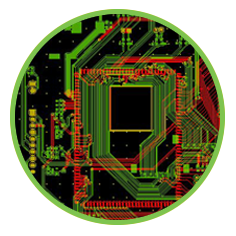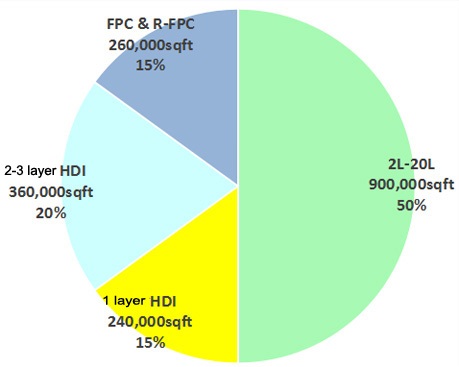In the screen printing process of the board, it can be divided into 9 parts and 56 variables, which requires everyone to have the correct operating procedures or the following phenomenon.
No matter how the screen is pulled, it can't be evenly stretched, or it often bursts.
The mesh and the frame are not firmly adhered, dry or slow.
On the screen, the 110 mesh cloth is easy to fall off, or it will burst automatically, and it will burst or fall off during drying.
There are many meshes or translucent meshes on the template.
There are jagged edges on the image on the template.
When the template image is flushed, part of it cannot be washed out, or it is completely washed away.
The substrate is not aligned with the original film, large or small, up, down, left, and right, with only one side aligned.
It is easy to stick to the board during printing, or the image is ambiguous.
The image of the line on the template is as if it is not curved.
When printing a multilayer PCB board, the number of prints is low and the photoresist is partially peeled off.
When printing a multi-layer PCB board, the number of prints is low, the mesh is gradually increased, the glue is lost, the ink is printed, the paste is not printed, and the most serious is the screen burst.
The solder mask is peeled off.
The solder mask coverage pressure is overdeveloped.
The solder mask has air bubbles or wrinkles.
The surface of the solder mask is atomized, dark and dull.
The text ink is easy to fall off.
The text is ambiguous and there are missing prints.
The edges of the lines are largely jagged.




